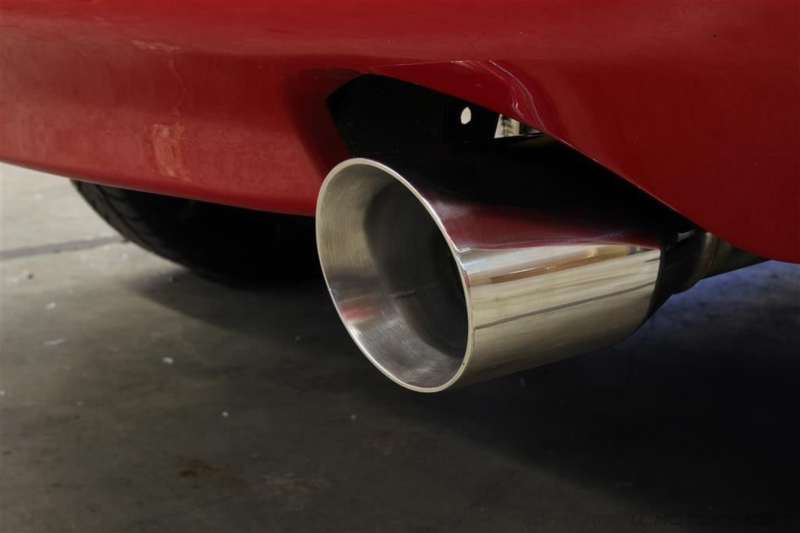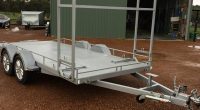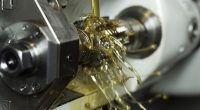How to Take Good Care of Your Mazda’s Exhaust System
Proper and frequent maintenance is crucial to keep your vehicle performing at its best and for all the parts to seamlessly function. One of the most important parts to keep in check at all times is the exhaust system of your vehicle. In addition to reducing the noise created by your car’s engine, the exhaust system also directs harmful gases away from the cabin, it helps cool down the engine, and most importantly, cleans the air before exiting the tailpipe. Identifying exhaust issues early is crucial as this way you will stay safe and avoid unnecessary headaches.
Manifold & Supports
The first and easiest way to check the state of an exhaust system is under the hood. This is where the system starts, which is the place where the manifold is located. Here you’ll see a set of pipes running from the engine then down and to the back of the vehicle. You should check the bolts on the manifold in case they have gotten loose from the vibrations of the engine. Also, make sure you check if there are any cracks on the metal as the manifold and the whole Mazda exhaust system constantly get heated and cooled down, and that can weaken the metal over time.
Furthermore, check if the supports that help keep the manifold in place are intact. With older Mazda models and vehicles, in general, there are straps that keep the manifold attached to the vehicle, but in newer cars, you’ll see rubber loops. Make sure you also check if they are positioned accordingly to the vehicle’s bodywork, at the right angle.
DPF (Diesel Particulate Filter)
This is a part of your Mazda exhaust system that connects with the CAT in order to remove the soot particles. What you can do to help it operate normally is to take your vehicle for a half an hour spin every month in order to keep it clean. You need to do this if you are constantly driving on short distances as this part is made in a way that it only works well at a certain temperature with the engine running for a certain amount of time.
Catalytic Converter
The catalytic converter is a part which has only one way of letting you know when something is wrong with it. You’ll hear a small distinct rattling sound which usually means that you’ll need to replace it. In order to prevent this from happening, check if there is an excess of fuel leaking into the unit – this is made possible by the oxygen sensor in newer models.
Joints & Connections
Taking a good look under your vehicle is important if you want to prevent any gas escape. Look for black marks and streaks of soot on the Joints and connections and if you happen to see some – make sure you tighten the clamps. You can also find these marks and streaks on flanges.




